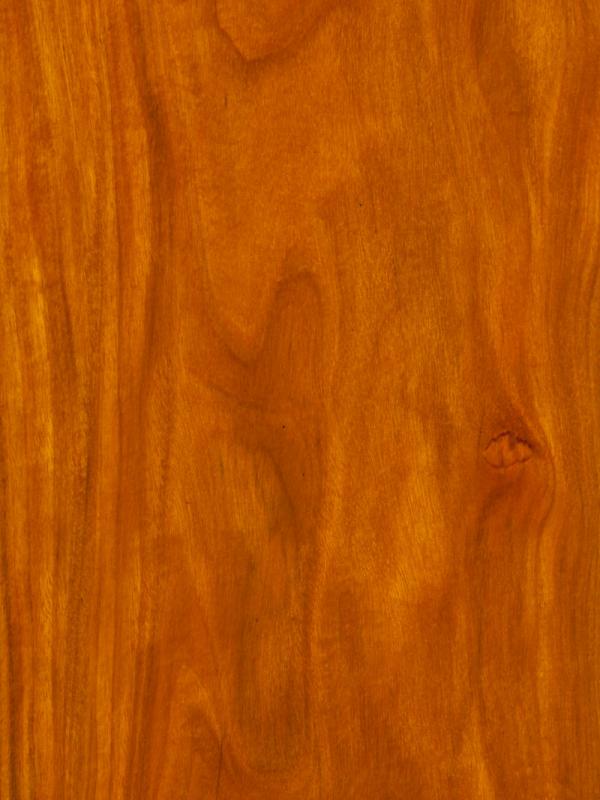
Family: Coulteria Platyloba (Caesalpinia)
Origin: Tropical areas of Mexico and Central America.
Common Names: Paela, Aripin, Mexican Permambuco, Orange Heart.
Tree Characteristics: Chakte Viga is known as tropical hardwood. The average height of the tree is 20-30 feet tall with a trunk approximately 1-2 feet in diameter.
Wood Appearance: Chakte Viga wood has a fine, even texture with a good natural luster. The Woodgrain is usually straight, although sometimes it can be interlocked. Heartwood color ranges from bright orange to golden brown. Sapwood color ranges from pale white to yellow. Chakte Viga’s color tends to deepen with age and exposure.
Density: Average reported specific gravity ranges from .78 to .93 with an average dried weight of 58 pounds per cubic foot. Janka Hardness is 2,250 pounds of force.
Drying and Shrinkage: Chakte Viga dries very well, but slowly due to its density. Average reported shrinkage values are: 2.8% Radial, 8.2% Tangential, 10.6% Volumetric.
Working Properties: Chakte Viga turns very well, despite its density. The wood can be sanded to a very high lustre, finished easily and is stable when dry. It also glues very well. Since Chakte Viga turns well, can be shaped to fine detail, and buffed to a glossy polish it is valued by jewelers for inlays. Generally, Chakte Viga responds well to most machining operations. Although, interlocked grain can result in tear outs.
Durability: Chakte Viga is considered rot and termite resistant. This wood has been used as fence post material with reports stating that the wood lasts up to one hundred years in the ground.
Uses: Chakte Viga shares many of the same excellent acoustic properties as its closest relative and more famous Brazilwood which is used for violin bows. The wood can also be used for inlays, fine furniture, flooring, turnery, pens, and cabinetry.
Availability: Chakte Viga import prices tend to be quite high. Larger pieces of lumber can be hard to find, although smaller pieces used for turning projects are more readily available.